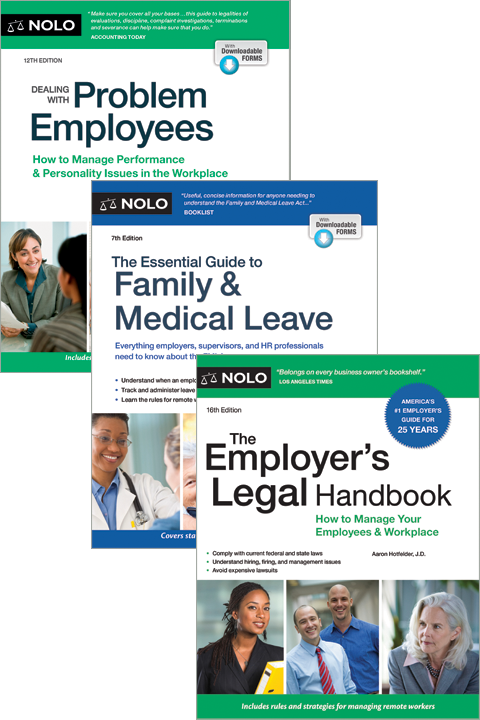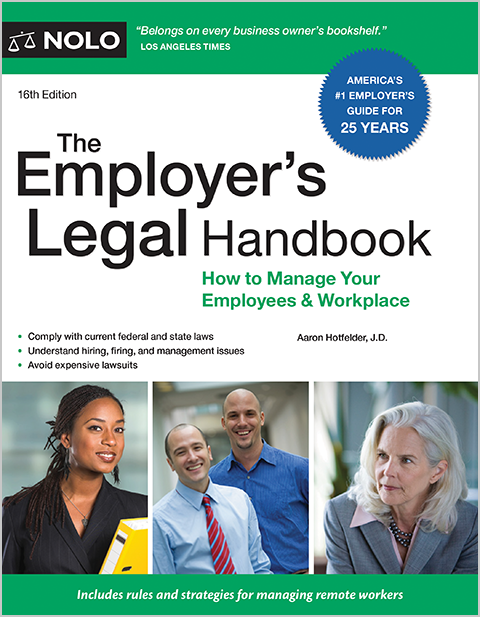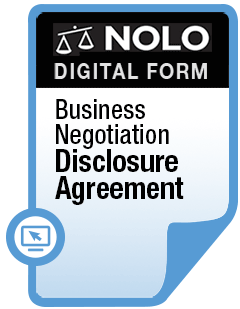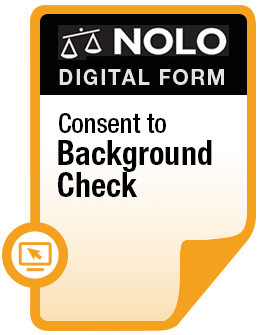What employers and HR managers need to know about their legal obligations under the workers' comp system.
Under the workers' compensation system in almost every state in the U.S., most employers are required to purchase insurance that provides a range of benefits to employees who are injured or become ill because of their jobs.
The system strikes a compromise between employers and employees: Employees get benefits regardless of who was at fault. In return, employers get protection from lawsuits by injured employees seeking money damages for pain and suffering.
State law governs workers' compensation (except for the federal workers' comp system, which covers employees of the U.S. government). Each state's system differs in the details, but the overall structure and operation of workers' comp is very similar from state to state. From the employer's perspective, the main differences are the procedural rules that they must follow.
To find out the details of your state's law, contact your state department of industrial relations or workers' compensation. You can find phone numbers for workers' compensation officials in your state by using this map tool on the U.S. Department of Labor's website.
Which Employers Need to Carry Workers' Comp Insurance?
Every state but Texas requires the vast majority of employers to carry workers' compensation insurance. In most states, any employer with even one employee has to have coverage; in other states, the minimum may range from two to five employees.
A few states exempt certain agricultural or construction businesses; charities may also be allowed to opt out of the system. Although private employers in Texas don't have to carry workers' comp coverage, they're subject to reporting and notification requirements if they choose not to do so.
Very large employers may insure themselves, but they must apply with the state and meet stringent self-insurance requirements.
Businesses don't have to provide coverage for all kinds of workers. For example, workers' comp generally doesn't cover independent contractors, domestic workers in private homes, and volunteers. Some states also exclude casual or seasonal workers when the work they do isn't part of the employer's regular business or profession.
Even if they aren't required to buy workers' comp insurance, many employers choose to do so. States generally allow exempt employers to opt into the workers' comp system, which then affords them the same liability protections.
What Happens If Employers Don't Have Workers' Comp Insurance?
If a business lacks workers' comp insurance coverage, an injured employee may sue the employer in civil court (more on that below). Some states have special funds to provide workers' comp benefits for injured employees of illegally uninsured employers. The funds may then go after the employers to seek reimbursement for the cost of those benefits. Employers who don't have legally required insurance may also face criminal charges and steep fines.
What Injuries and Illness Are Covered by Workers' Comp?
Workers' compensation laws cover only injuries or illnesses that are related to the employee's job—or, in legalese, "arising out of employment and occurring during the course of employment" (AOE/COE).
An injury doesn't necessarily have to happen at the workplace to be considered AOE/COE. For example, workers' comp usually covers injuries that happen while employees are traveling on business, running an office errand, or attending a business-related social function. (Learn more about the rules on whether injuries or illnesses are work-related.)
Along with sudden accidents like falling off scaffolding on the job, injuries and illnesses covered by workers' comp may also include:
- cumulative trauma, such as repetitive strain or stress injuries that develop over time from performing the same physical tasks over and over; and
- occupational diseases that result from workplace conditions, such as lung disease or cancer from exposure to toxic chemicals or (in some states) heart disease or digestive problems related to on-the-job stress.
However, workers' comp generally won't cover injuries that were caused by the employee's intoxication or use of illegal drugs. Many states also deny coverage in other situations involving misconduct, including injuries that:
- were self-inflicted
- resulted from a fight the injured employee started, or
- happened when the employee was committing a felony or serious crime.
In some states, injuries may not be covered if they happened while the employees were violating company policy or engaging in ‘horseplay" (that is, fooling around). But courts may still decide those injures are work-related if the employer condoned the behavior, or it was an accepted or common part of the working environment.
State laws often have special rules for workers' comp claims that are filed after the employee is fired or laid off.
When Can Employees Sue Employers in Court for Injuries?
Workers' comp laws don't protect employers from all employee lawsuits related to injuries. There are limited exceptions that allow employees to sue their employers when they've been hurt, but those exceptions vary from state to state.
When employees are injured because of their employers' intentional actions, some states allow those employees to bypass the workers' comp system and sue the employer in court for a full range of money damages, including punitive damages (intended to punish the employer) and pain and suffering (the mental anguish, physical discomfort, or overall loss of enjoyment of life caused by the injuries).
But employees generally must prove that their employers actually intended to hurt them. In addition, injured workers may sue if their employers didn't obtain required workers' compensation insurance. (Learn more about when injured employees may sue their employers.)
Employees may also be able to file lawsuits outside workers' comp against third parties, such as the manufacturers of defective products, or the other driver in a work-related car accident.
What Are Employers' Responsibilities Under Workers' Compensation Laws?
In addition to carrying insurance to cover work-related injuries, employers have a number of other obligations under state workers' compensation laws.
Post Notices and Advise Employees of Their Legal Rights
Employers must post required notices in a convenient location frequented by employees during working hours. The notices or posters must:
- include important information about employees' right, including the right to receive medical treatment
- give details about available workers' compensation benefits, and
- provide the name of the company's workers' compensation carrier, or the fact that the employer is self-insured, as well as who is responsible for adjusting claims.
Employers must also provide the same notice to new hires.
Provide Claim Forms to Injured Employers
Typically, employers must provide injured employees with a workers' compensation claim form within 24 hours after the employee has given notice of an on-the-job injury or work-related illness. Even if the employee hasn't given this notice, the employer may still be obligated to provide the forms if it knew about the injury.
Employers must also supply the employee with written information (usually a pamphlet) about the employee's rights under the workers' comp system. The written material should provide details about available benefits and how to file a claim.



